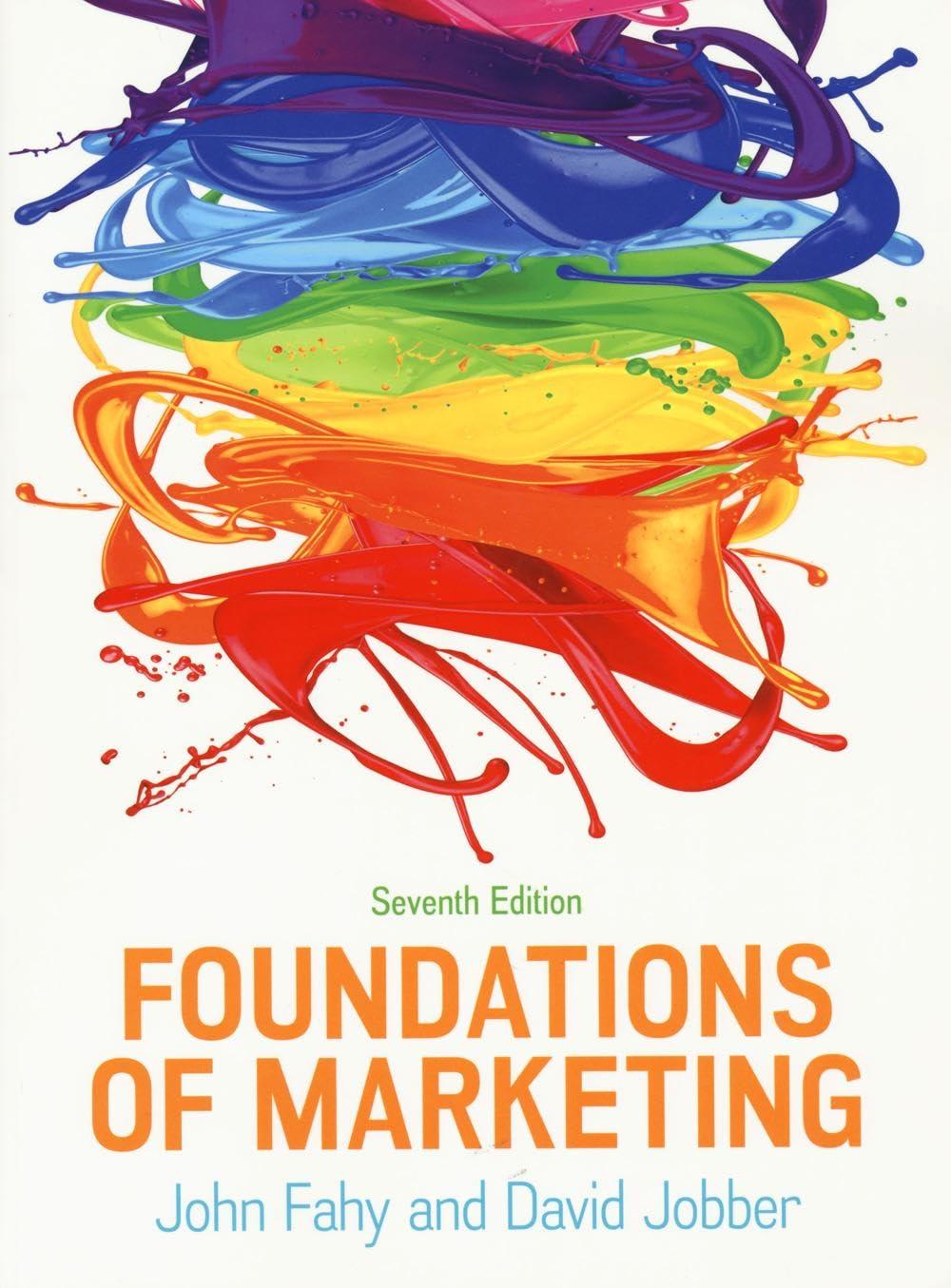The manner in which we consume, desire and appreciate music has transformed significantly, especially over the past
Question:
The manner in which we consume, desire and appreciate music has transformed significantly, especially over the past couple of decades. This is evidenced in several ways in our current lives. While travelling in our cars, no longer are we obligated to listen to the same 10 tracks of a CD or the ramblings of adverts in between songs on a commercial radio station. Instead, more often than not, a mobile device can pair wirelessly to our car’s sound system and we can use a streaming service to listen to whatever best suits our mood, with ease and an innate sense of freedom. This is but one example of the evolution of music services, accessibility and consumption.
Among services that represent this transformation of the music industry is Spotify, standing tall as a world renowned streaming services giant. Spotify, however, was not the first to penetrate the online music services industry, although it is quickly gaining clout as the most innovative, pioneering its way alongside its streaming competitors. A Swedish-born streaming titan, Spotify first launched in 2008 and has since amassed 356 million users (as of March 2021) across 178 markets, offering in excess of 70 million songs and 2.6 million podcast titles.
To pay or not to pay?
Spotify musters a lot of its fame from its ubiquity, because ‘with Spotify, it’s easy to find the right music or podcast for every moment – on your phone, your computer, your tablet and more’. And it is as easy as its website claims it to be. Spotify can be enjoyed as an online player and as a desktop or mobile app, compatible with all major operating systems. According to a letter to its shareholders, it is maintaining its efforts towards its ubiquity strategy and intends to augment support for Spotify across many platforms.4 The difference between these points of access lies in its employment of a ‘freemium’ model. A freemium business model is one where a business initially provides its services free of charge, with the intention of charging for future transactions, services or service upgrades. Spotify’s CEO stated in a 2009 interview that ‘from the very beginning, our vision was to offer a legal music service, as good or better than the pirate sites, giving users access to all music in the world, for free’. While the promise of service was kept, it being ‘for free’ is only partially true. Although the platform still offers a free plan to users, it has inevitably adjusted its strategy to include an opportunistic business model, which seeks to create revenue by enticing users into a paid plan.
The former plan, albeit free, presents some limitations for users, to distinguish itself from the paid plan.
The ‘not to pay’ option offers access to Spotify’s entire library of tracks and podcasts, however these are available only online. This means that users are limited to listening along only where Wi-Fi is accessible, or at their own cost in GBs (expending mobile data). Further, the audio quality is lower (at least half that of the paid plan in kilobits per second), some playlists can be experienced only in shuffle form, users are allotted only six ‘skips’
per hour and listeners are obligated to endure 30-second ads. Still, Spotify’s ‘free’, aka ad-supported, plan offers far more audio entertainment than, say, having no streaming service. The ‘to pay’ option(s) constitute a premium user experience, including far higher sound quality, the opportunity to download and listen offline, skip and choose tracks as you please and a pleasant, ad-free audio journey.
The company currently offers unlimited, on-demand streaming, seamlessly between and across devices for €9.99 a month. Moreover, the price for this all-access pass had not changed since its US launch in 2011.
As of 30 April 2021, however, Spotify increased the price of some of its subscription offerings, impacting users across the USA, UK and Europe. Users can choose to select any of its four Premium options: Individual (holding steady at €9.99/£9.99 per month), Duo, Family or a discounted Student subscription. In the USA and Europe, the company increased the price of its Family subscription ($15.99 and €17.99 per month, respectively), while the other three options remained constant. In the UK, subscriptions for Spotify Duo and Student increased by £1 per month (to £13.99 and £5.99, respectively), while the Family plan climbed £2, to £16.99 per month.
The price maintenance strategy may have been an attempt to capture as much initial market share as possible, by keeping prices as low as is feasible. Despite the price maintenance strategy, the subscription services have enjoyed increased consumer interactions, as they offer significant consumer value. Early financial metrics have shown no significant impact on the gross subscriber intake or subscription cancellation rates subsequent to the price increases across the variety of Premium offerings, according to Spotify’s quarter one press release.
Increased consumer interactions also translate into greater economies of scale, resulting in lowering the costs per unit of content consumed. However, as reflected in Spotify’s April 2021 shareholder letter, within the Premium range, average revenue per user of €4.12 in quarter one had decreased by 7 per cent year on year.
Questions 1. How has Spotify embodied service-dominant logic, with specific reference to the four main propositions of that concept?
2. ‘The ideal experiential marketing effort is an ownable, sensory brand experience that makes customers feel like the product or service is theirs.’ How does Spotify’s service provision reflect this statement? Provide realistic examples.
3. In the context of relationship marketing, three levels of the retention strategy have been identified, based on the types of bond used to solidify the relationship between service provider and customer. How does Spotify employ these three levels, if at all?
Step by Step Answer:






